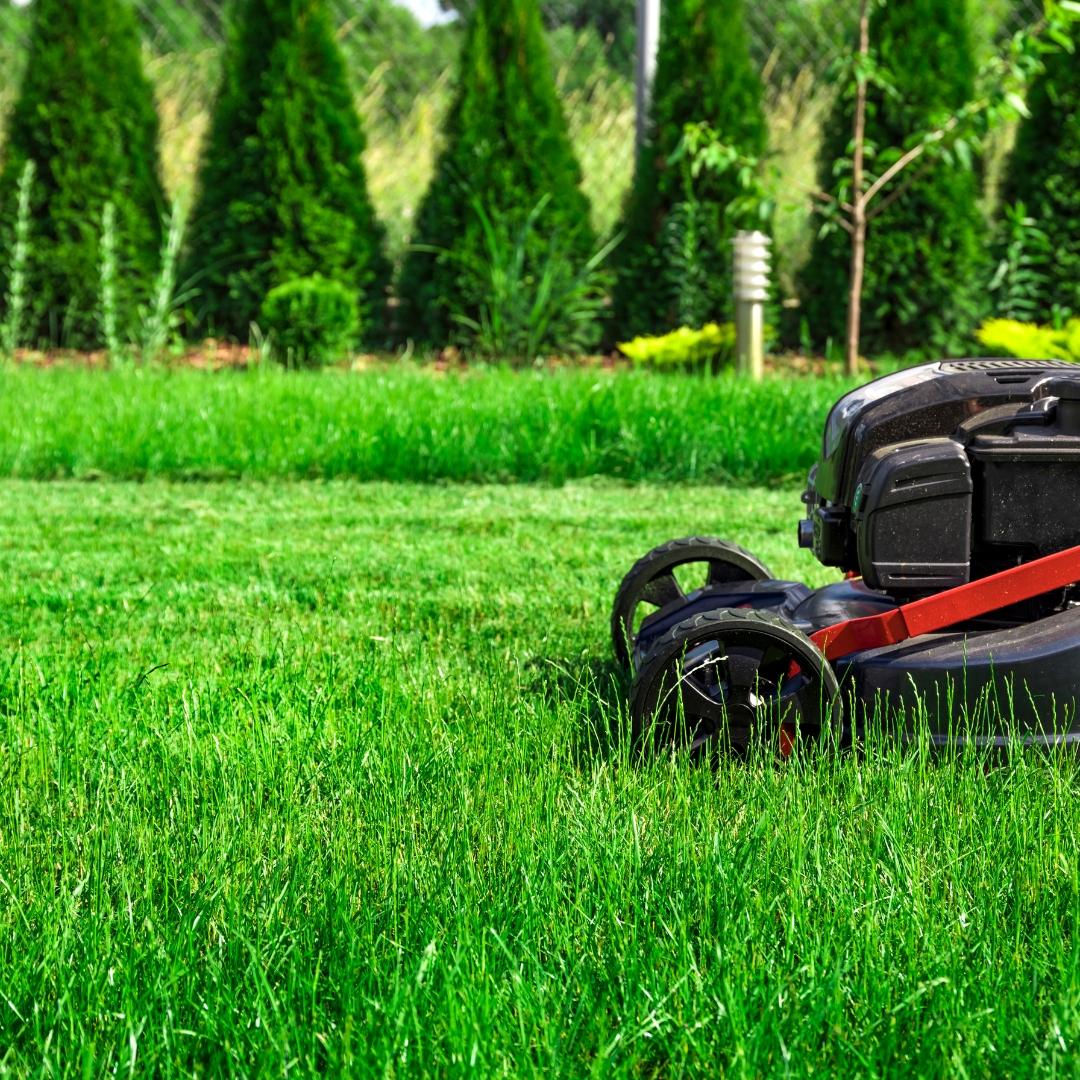Notifications

6 minutes, 31 seconds
-16 Views 0 Comments 0 Likes 0 Reviews

Maintaining a healthy, vibrant landscape is vital for any commercial property, and one often-overlooked aspect of landscape care is regular lawn mowing. While this service is typically associated with aesthetic appeal, it also offers significant environmental benefits. In this blog, we’ll explore how regular lawn mowing contributes to healthier ecosystems, resource conservation, and sustainable landscaping practices in commercial settings.
A significant environmental benefit of regular lawn mowing lies in its ability to reduce the carbon footprint. Lawns act as natural carbon sinks, absorbing carbon dioxide (CO2) from the atmosphere and releasing oxygen. When grass is mowed regularly, it encourages the growth of new shoots, which further enhance the lawn's ability to capture CO2.
By maintaining a consistent mowing schedule, businesses can help ensure that their landscapes are working efficiently to absorb CO2, promoting cleaner air and reducing the overall carbon footprint. Additionally, regular mowing prevents the grass from becoming overgrown, which can result in a less effective absorption of carbon and contribute to higher levels of greenhouse gases in the atmosphere.
The health of the soil beneath commercial landscapes is another area where regular lawn mowing proves beneficial. When grass is left untrimmed for extended periods, it can develop thatch—a dense layer of dead grass and organic matter that can prevent water, nutrients, and air from reaching the soil. By mowing frequently, this thatch is prevented from building up, allowing the soil to remain healthy and productive.
Healthy soil supports the growth of stronger grass, which in turn creates a more resilient landscape that can better withstand drought, disease, and pests. A well-maintained lawn also promotes healthier root systems, which are essential for preventing soil erosion and helping rainwater penetrate the ground, reducing runoff and supporting water conservation.
Water is one of the most essential resources for maintaining landscapes, and mowing practices can influence water use efficiency. Regular mowing helps maintain the appropriate grass height, which directly affects how much water the grass requires. If the grass is allowed to grow too tall, it may become more difficult for water to penetrate deeply into the soil, leading to inefficient irrigation. By mowing at the correct height, businesses ensure that the grass can absorb water more efficiently, reducing the need for excessive watering.
Additionally, a regularly mowed lawn helps maintain an even canopy of grass, which reduces water evaporation. Healthy, consistently cut grass prevents the soil from drying out too quickly, allowing water to stay in the ground longer and reducing the frequency of irrigation needed.
Commercial landscapes that are regularly mowed contribute to a more balanced ecosystem. Regular mowing prevents the growth of weeds, which can otherwise overtake beneficial plant species, thereby diminishing the biodiversity of the landscape. A diverse ecosystem is essential for maintaining a variety of pollinators, such as bees, butterflies, and birds, all of which contribute to the overall health of the environment.
Furthermore, mowing practices can create microhabitats for beneficial insects and wildlife. By alternating mowing patterns and leaving certain areas of grass slightly longer, property managers can support habitats for ground-nesting pollinators and small creatures. This biodiversity support can help reduce the reliance on chemical pesticides and fertilizers, fostering a healthier, more sustainable landscape.
Pests and invasive species can quickly take over an unmanaged lawn. Regular mowing helps prevent the spread of weeds and pests that can harm the landscape. By cutting grass to a manageable length, landscape managers can keep weed growth in check, reducing the need for chemical herbicides. This is not only cost-effective but also an environmentally-friendly practice, as herbicides can have harmful effects on surrounding ecosystems.
Pest control is another area where lawn mowing helps. By keeping the lawn at an optimal height, it reduces the hiding places for pests like mosquitoes, ticks, and rodents, which can thrive in overgrown areas. This proactive approach to lawn care also prevents the spread of diseases carried by such pests.
Regular lawn mowing is more than just a routine maintenance task; it’s an environmentally conscious practice that benefits commercial properties in multiple ways. From reducing the carbon footprint and promoting soil health to enhancing biodiversity and supporting water conservation, mowing plays a crucial role in maintaining a sustainable landscape.
By adopting a regular lawn mowing schedule, businesses not only enhance the visual appeal of their property but also contribute to a healthier environment. Whether it’s improving air quality, promoting efficient water use, or reducing the need for harmful chemicals, regular lawn mowing is an investment in the long-term sustainability of the landscape and the planet.

